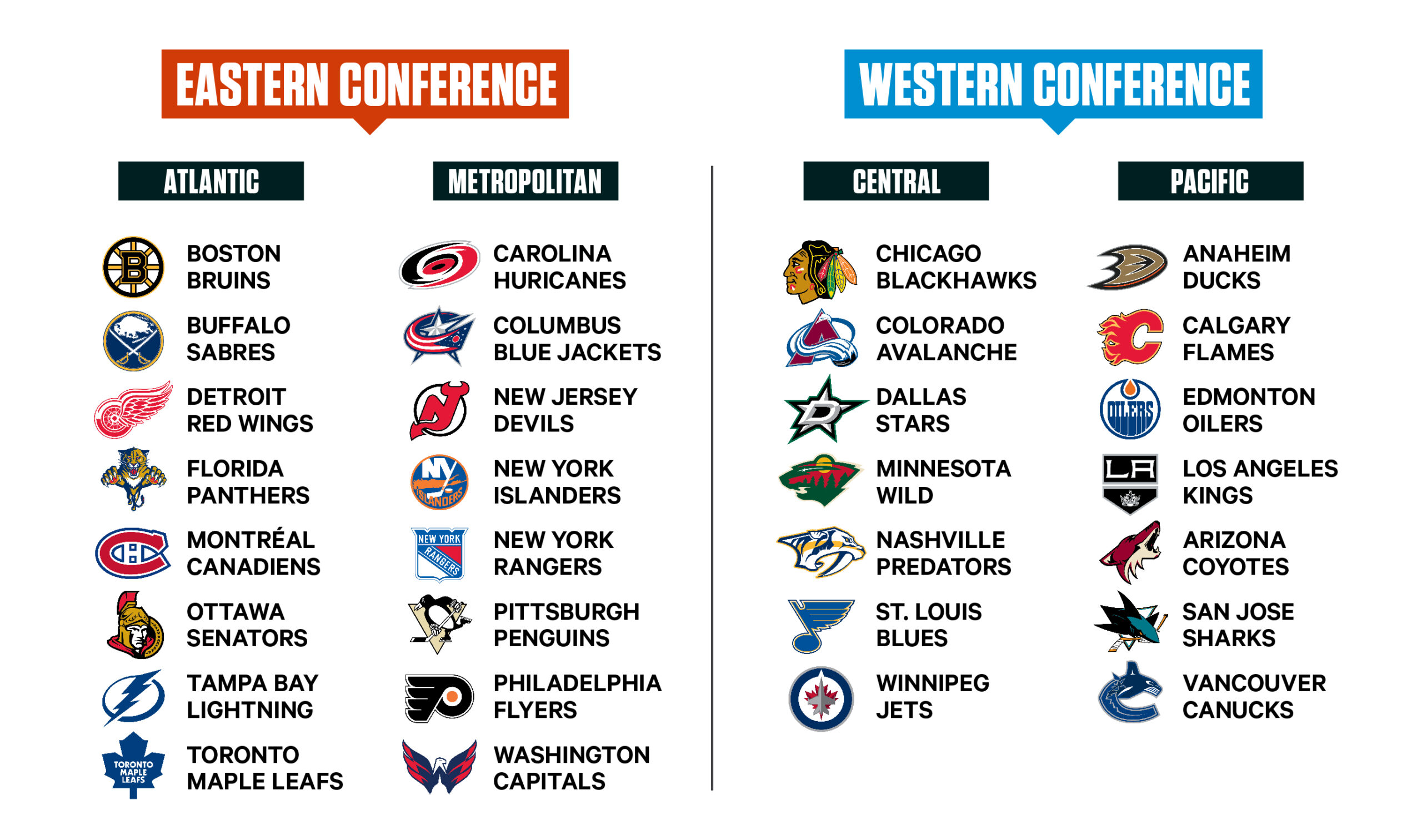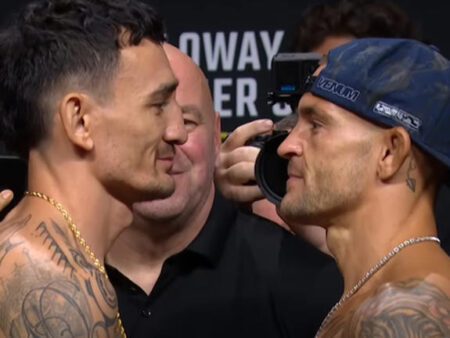
The question lingered after last month`s NHL draft: is the decentralized format a temporary experiment, or the new standard? According to NHL Deputy Commissioner Bill Daly, based on direct feedback from the teams, the decentralized draft appears to be making a strong case for long-term adoption.
Speaking recently, Daly shed light on the league`s polling of its clubs following the draft, which saw most team personnel operating from their home markets while top prospects were gathered in Los Angeles for the central broadcast hub. The consensus from the teams has been overwhelmingly positive.
“What I will say is we continue to see support for a decentralized draft (from the clubs),” Daly stated, summarizing the key takeaway from the feedback received. This isn`t just passive acceptance; it`s active support driven by pragmatic considerations.
The primary benefits cited by teams boil down to efficiency and creating an optimal working environment. As Daly explained, clubs prioritize having “efficient access to your hockey operations personnel in kind of a quiet, businesslike setting.” The draft is a crucial event for shaping a franchise`s future, and teams value the ability to make decisions in a focused, less chaotic environment than a packed central draft floor might offer.
Furthermore, the increasingly crowded end-of-season schedule, packed with obligations leading into free agency, makes avoiding travel to a central location particularly appealing. The time and energy saved by not having to relocate an entire team`s decision-making core are significant operational advantages.
Perhaps the most intriguing revelation is the origin of the decentralized push. Many observers initially assumed this format was a league initiative. However, Daly clarified the opposite is true: the concept originated with the clubs themselves. A straw poll conducted prior to the 2025 draft decision revealed an “overwhelmingly in favour of a decentralized draft” result, surprising even the league office leadership.
In moving towards this model, the NHL is also aligning with practices common in other major North American sports. Both the NBA and NFL have successfully conducted decentralized drafts for many years, suggesting the operational benefits outweigh the traditional centralized gathering.
While the recent first round did run over four hours, a point of discussion for fans and media, Daly believes this is a matter of production that has an “easy fix,” rather than an inherent flaw in the decentralized structure itself.
The information gathered from the teams strongly reinforces the rationale behind the initial decision to decentralize. While the league will process this feedback to make a final determination for the 2026 draft format, the robust support from the clubs indicates that the era of the large, centralized NHL draft spectacle may indeed be yielding to a more efficient, team-focused operational approach.









